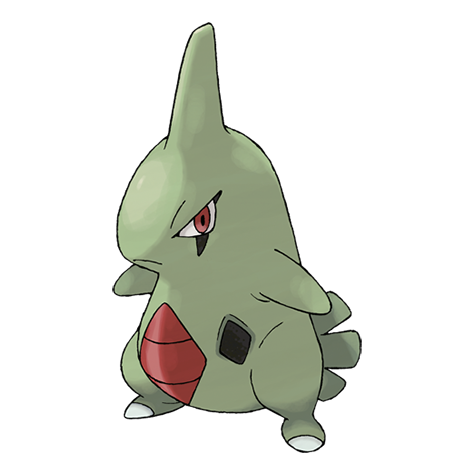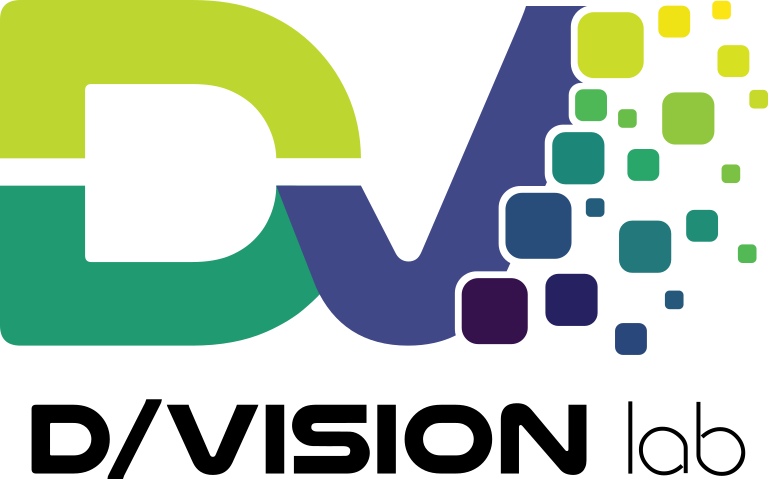
Introduction: default Tools
In default.ts the list of Larvitar default tools is exported as DEFAULT_TOOLS, along with their default configuration, that extendes the cornerstoneTools configuration with these properties:
- Name: String representing the tool's name.
- Viewports: Specifies the viewports targeted by the tool (
"all"or an array of specific viewports). - Configuration: Configuration options defined as an object.
- Options: Additional options defined as an object.
- Class: The corresponding Cornerstone tool library class (e.g.,
"LengthTool"for the length measurement tool). - Sync: Synchronization behavior for the tool.
- Cleanable: if true, this tool will be removed when calling
"no tools", - DefaultActive: if true, this tool will be activated when calling
addDefaultTools, - Shortcut: keyboard shortcut [not implemented],
- Type: tool category inside Larvitar (one of:
"utils", "annotation", "segmentation", "overlay"), - Description: a string that describes the tool (eg to be shown in a tooltip)
These tools are either cornerstone-customized tools or fully custom tools (e.g., watershedSegmentationTool) and can be added to the viewport through addDefaultTools.
Example: Tool Definition
Zoom: {
name: "Zoom",
viewports: "all",
configuration: {
invert: false,
preventZoomOutsideImage: false,
minScale: 0.01,
maxScale: 25.0
},
options: {
mouseButtonMask: 2,
supportedInteractionTypes: ["Mouse", "Touch"],
defaultStrategy: "default" // can be 'default', 'translate' or 'zoomToCenter'
},
cleanable: false,
class: "ZoomTool",
defaultActive: true,
description: "Zoom image at mouse position",
shortcut: "ctrl-z",
type: "utils"
}
Example: Default Tools Activation
store.addViewport("viewer");
initializeCSTools();
addDefaultTools("viewer");
setToolActive("Wwwc"); //explicitly set the active tool. If not, default active is StackScroll
Introduction: custom Tools
User can add custom tools calling registerExternalTool. The tool will be registered in the dvTools object and in DEFAULT_TOOLS array. If done before adding the tools with addDefaultTools, the tool will be added automatically along with the default ones. Otherwise, the user can simply add its tool using addTool.
Example: Custom Tools Registration
initializeCSTools();
store.addViewport("viewer");
registerExternalTool("customTool");
addTool("customTool"); //or directly use addDefaultTools();
setToolActive("customTool");
API Reference
getDefaultToolsByType
Gets available tools by type, which is useful for populating menus.
Syntax
getDefaultToolsByType(type: NonNullable<ToolConfig["type"]>): ToolConfig[]
Parameters
| Parameter | Type | Description |
|---|---|---|
type | NonNullable<ToolConfig["type"]> | The type of tool to filter and return from the list of tools. |
Returns
ToolConfig[] – An array of tool configurations that match the specified type.
setDefaultToolsProps
Overrides the default properties of tools.
Syntax
setDefaultToolsProps(newProps: Partial<ToolConfig>[]): void
Parameters
| Parameter | Type | Description |
|---|---|---|
newProps | Partial<ToolConfig [] > | An array of objects representing the properties to be overridden for the default tools. The "name" property is mandatory for each object. |
Returns
void – The function does not return a value. It directly modifies the DEFAULT_TOOLS object with the new properties.
registerExternalTool
Overrides the default properties of tools. NOTE:
- if toolName is already existent in
DEFAULT_TOOLS, it will ovverride the tool - toolClass must be a valid cornerstone tool
Syntax
registerExternalTool(toolName: string, toolClass: any): void
Parameters
| Parameter | Type | Description |
|---|---|---|
toolName | string | The name of the tool |
toolClass | string | The tool class |
Returns
void – The function does not return a value. It directly modifies the DEFAULT_TOOLS and dvTools objects with the new tool.
dvTools[toolClass.name] = toolClass;
DEFAULT_TOOLS[toolName] = {
name: toolName,
class: toolClass.name,
viewports: "all",
configuration: {},
options: { mouseButtonMask: 1 },
defaultActive: false
};
addDefaultTools
Add all default tools, as listed in DEFAULT_TOOLS
Syntax
addDefaultTools(elementId: string): void
Parameters
| Parameter | Type | Description |
|---|---|---|
elementId | string | The id of the cornerstone Enabled Element on which the tools will be activated |
Returns
void
Constants
dvTools
Contains a set of custom tools that are used for various processing tasks. The tools are accessible by their respective names and can be extended or modified as needed.
Syntax
const dvTools: {
[key: string]: any;
} = {
...,
OverlayTool: OverlayTool
};
DEFAULT_STYLE
specifies the default visual settings for tools, such as line width, colors, font family, font size, and background color. These can be customized to fit the application's design needs.
Syntax
const DEFAULT_STYLE: ToolStyle = {
width: 1,
color: "#02FAE5",
activeColor: "#00FF00",
fillColor: "#0000FF",
fontFamily: "Roboto",
fontSize: 18,
backgroundColor: "rgba(1, 1, 1, 0.7)"
};
DEFAULT_SETTINGS
defines the default behavior of tools, such as whether mouse and touch interactions are enabled, SVG cursors are shown, and whether global tool synchronization is active. It also includes settings like auto-resizing viewports and line dash styles.
Syntax
const DEFAULT_SETTINGS: ToolSettings = {
mouseEnabled: true,
touchEnabled: true,
showSVGCursors: true,
globalToolSyncEnabled: false,
autoResizeViewports: true,
lineDash: [4, 4]
};
DEFAULT_MOUSE_KEYS
configures default interactions for the tools. It includes mouse button mappings (e.g., shift + left mouse button for zoom), right mouse button bindings, and keyboard shortcuts. These defaults can be customized to change the behavior of the tools.
Syntax
const DEFAULT_MOUSE_KEYS: ToolMouseKeys = {
debug: true, // log changes
mouse_button_left: {
shift: "Zoom",
ctrl: "Pan",
default: "Wwwc"
},
mouse_button_right: {
shift: "Zoom",
ctrl: "Pan",
default: "Wwwc"
},
keyboard_shortcuts: {
// alt key + letter
KEY_R: "Rotate",
KEY_A: "Angle",
KEY_L: "Length"
}
};
